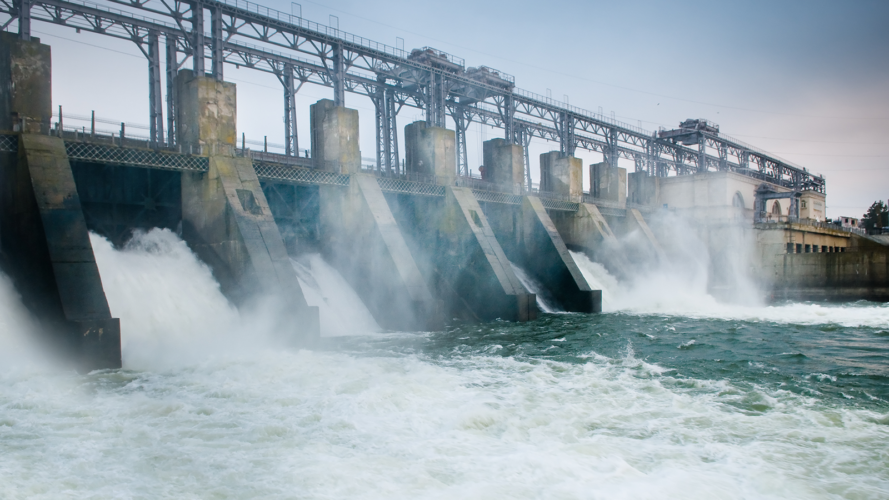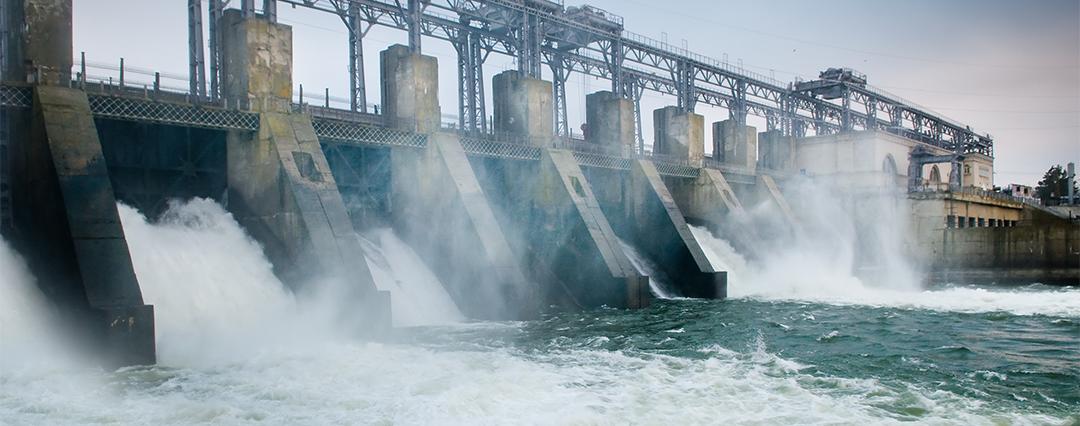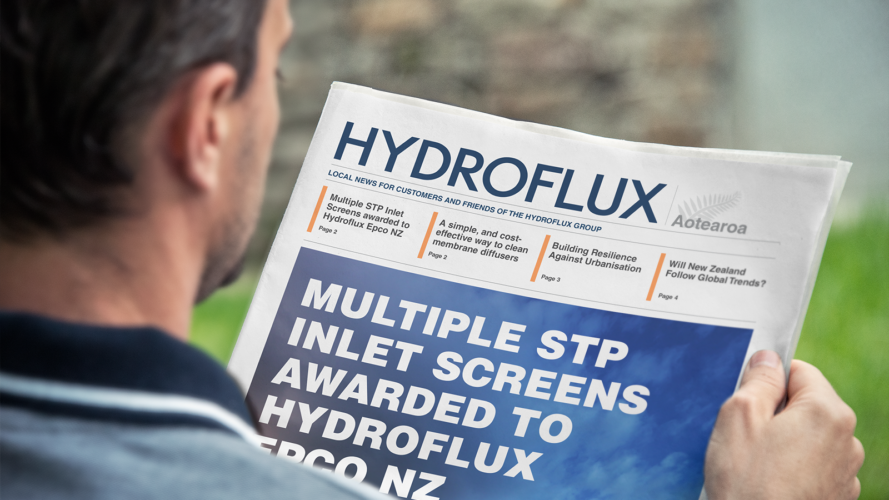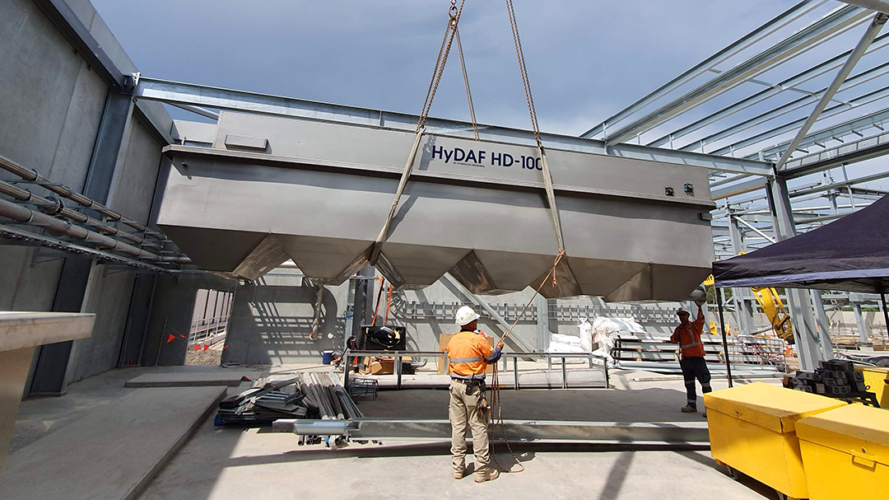
Adapting to Climate Variability
November 2, 2021
Since the world in general, and Australia in particular, is currently experiencing increasing climate variability, water shortages are inevitable in the future ahead. While we can’t prevent this, the good news is that businesses are taking steps to mitigate the impacts that climate variability will have on their business. Being prepared and adapting to a world where water scarcity is the new normal is becoming essential. One way businesses can improve their climate resilience, and weather the coming storm, is by implementing proven and effective Advanced Water Treatment programs.

Risk Based Water Treatment Management
Current advanced water treatment technologies are capable of recycling industrial wastewater to a potable grade, however, it is more than just the technology that enables overall compliance and acceptance for reuse.
The Australian Guidelines for Water Recycling: Managing Health and Environmental Risks (Phase 1) (2006) (AGWR) introduced the preventive risk management approach and included health based targets which are robust and scientifically defensible. This guidance was based on the Framework described in the Australian Drinking Water Guidelines (2004) (ADWG) which focused on the management and monitoring of risk from source to end use in a structured and systematic manner that assures water safety and reliability, and that the water is suitable for the intended uses.
Source: NSW Guidance for Recycled Water Management systems – Department of Primary Industries, Office of Water. May 2015)
The technology used in an AWTP is not too dissimilar to those which many food and beverage facilities are familiar with. The first stages of advanced water treatment incorporate conventional primary and secondary biological processes that many food and beverage facilities employ. The second stage involves membrane filtration and disinfection which are water treatment processes found in food and beverage manufacturing and engineers and operators are accustomed to. The final stage of an AWTP is product validation which although is not a treatment process as such, it is an integral and important aspect of the AWTP’s risk management system.
Although an AWTP utilises a series of conventional wastewater and water treatment technologies, one of the keys to its success in establishing a suitable and acceptable risk management plan is the implementation of a multibarrier approach. A multibarrier approach is as the name suggests, a system whereby even in the event of failure of one or more process elements, the product water will remains suited for its intended purpose.
The ultimate design of the AWTP is based on a combination of scientific and engineering principals in conjunction with the requirements of a comprehensive risk management plan.
All food and beverage businesses will have conducted multiple water reduction reviews and applied several water saving measures by now. Many businesses will have implemented some degree of non-potable water recycling into those programs and many will already operate their low grade water recycling plant under a risk based management system. However, the number of businesses that have taken the additional steps to generate full potable water from wastewater are few and far between.
The processes required to embark on an AWTP project are not insignificant. The risk management plan will require input from all stakeholders and regulators, and considerable time will be necessary from management and engineering through concept to execution, a process that can take several years. So when is the right time to consider the employment of Advanced Water Treatment?
Most businesses are continuing to invest in the design and implementation of sustainability strategies and programs and they have probably already made significant steps into reducing their carbon footprint. These actions are essential, welcomed by all, and will make the future less worse. However, businesses need to have adaptation plans for climate variability. There is no doubt that in the future, many parts of Australia will be again be impacted by drought. History confirms this, and science and trends suggest the frequency and severity only will get worse. Converting wastewater back to a potable grade will notably reduce the impact the next drought will have on any business that administers an advanced water recycling program, and will reduce the impact of the drought on others including the local catchment and community.
The driest inhabited continent on the planet
Australia is the driest inhabited continent on the planet, with 70% of the country consisting of arid (average rainfall < 250mm/year) or semi-arid (average rainfall 250-350mm/year) land. As a drought prone country, Australia has experienced several severe prolonged drought events over the centuries. These include the Settlement Drought (1790-1793); Sturt’s Drought (1809-1830); the Goyder Line Drought (1861-1866); the Federation Drought (1895-1903), the World War 2 Drought (1939-1945), and the Millennium Drought (1997-2009). Each of these drought events dealt a crushing blow to the agricultural sector, as well as the food and beverage industry.
According to the State of Climate Report, there has been a decrease in streamflow at the majority of streams/rivers monitored across southern Australia since 1975. Several Australian towns, and even capital cities have nearly run out of water during extended dry spells. And as the climate gets hotter and drier and populations continue to grow, it is highly likely that some of these business hubs will run dry and face day zero in future if we don’t act now.
Businesses have a responsibility to themselves, their workers and to their local communities to operate in a sustainable manner. Recycling industrial wastewater back to potable grade water for reuse is a viable solution for improving water availability. When wastewater is recycled for reuse, there is less pressure on local catchments, which can indirectly help to restore local catchments and improve water security in the long-term.
About the author:
Andrew Miley is a director of Hydroflux Pty Ltd and has been instrumental in the development and execution of Advanced Water Treatment Programs for many food and beverage businesses across Australia.
About the Hydroflux Group
The Hydroflux Group comprises eleven companies based in New Zealand, Australia, the Pacific, and the UK, providing design and build, equipment, processes and operational services in water and wastewater treatment. Hydroflux Industrial specialises in industrial wastewater treatment including designing and constructing plants and supplying equipment across all sectors. Hydroflux Industrial is a member of the Hydroflux Group.
Contact
Hydroflux Industrial NZ Ltd
Level 26, HSBC Tower, 188 Quay St
Auckland 1010 New Zealand
P +64 9 352 2052
[email protected]
Want to stay up-to-date with what is going on? Click Here to follow us on our LinkedIn.
Up Next
Hydroflux NZ Newsletter – 2021
Hydroflux Hy-DAF; A Range for any Application
Categories
- Tradeshows
- Climate
- Community Engagement
- Corporate Announcements
- Group News
- Newsletters
- Product News
- Project Announcement


